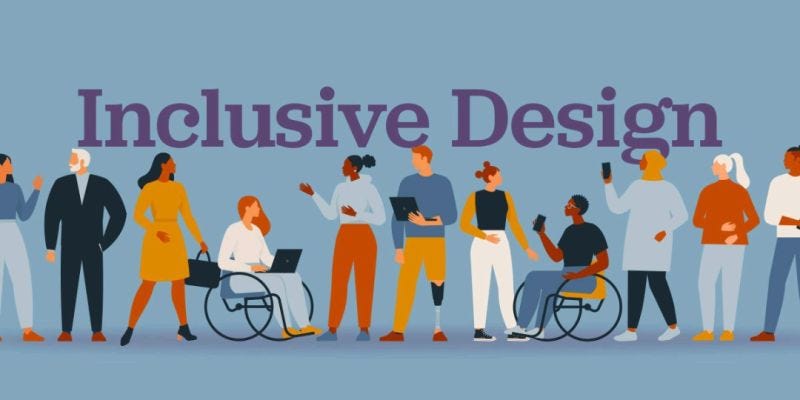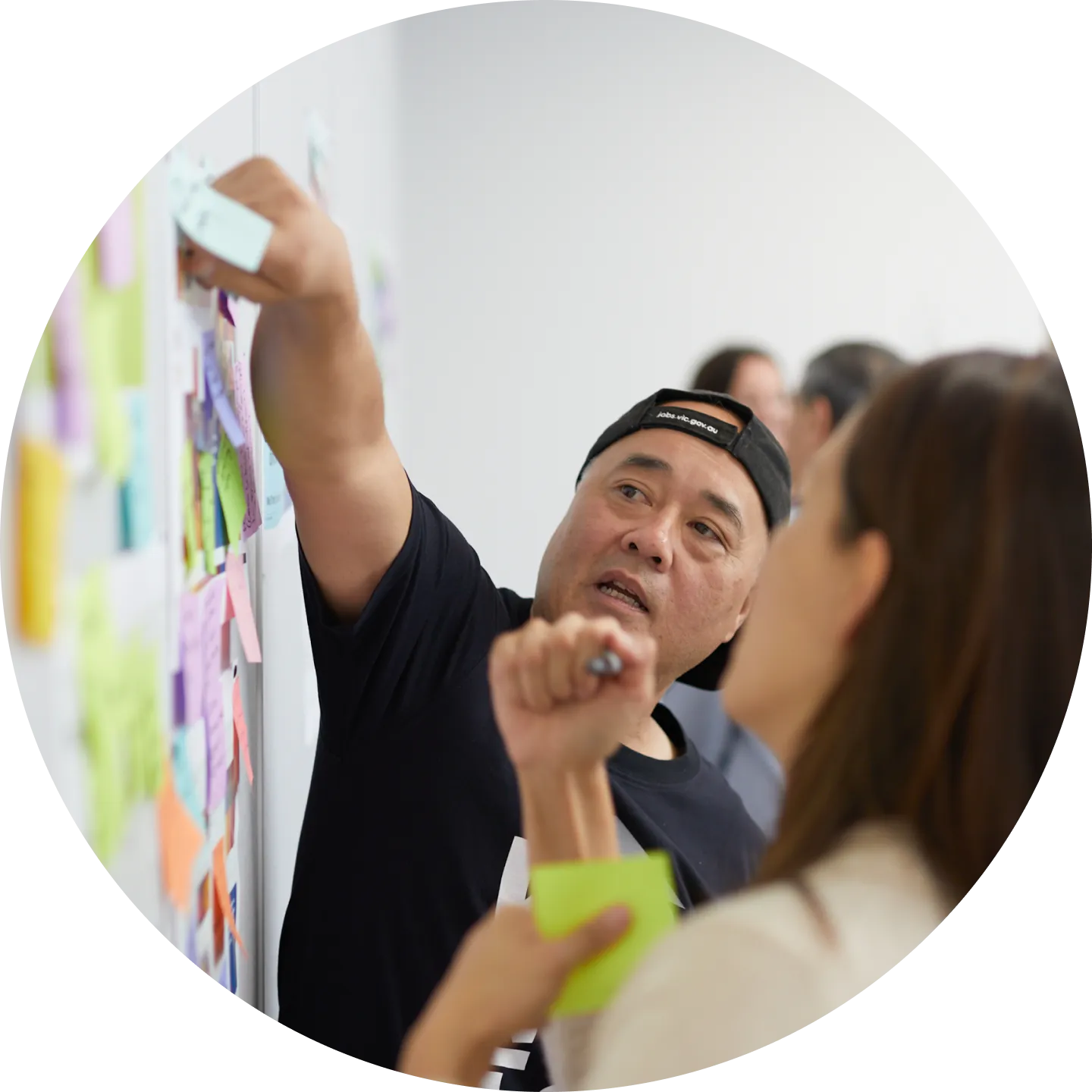In the past, design was often created with a “one size fits all” mindset. But today, that approach just doesn’t work anymore. As technology becomes more integrated into our lives, the need for inclusive design design that works for as many people as possible is growing fast. Whether it’s a website, an app, or even a public space, inclusivity is now a major focus. And it’s about time.
Let’s dive into what inclusive design really means, why it matters, and how it’s changing the way we build the world around us.
What Is Inclusive Design, Really?
Inclusive design is all about creating products, environments, and experiences that consider the full range of human diversity. This includes differences in ability, language, culture, gender, and age.
It’s not the same as accessibility though they are closely related. Accessibility focuses more on people with disabilities, ensuring they can use a product or service. Inclusive design goes a step further by making sure everyone feels included from the very start.
Why Inclusive Design Is Gaining Popularity

Inclusive design isn’t just a trend it’s a movement driven by several key factors:
A. Social Awareness
People are more aware now than ever of the importance of diversity, equity, and inclusion. As these values become central to our culture, they naturally shape the way we design and build.
B. Legal and Ethical Pressure
Regulations like the Americans with Disabilities Act (ADA) and the Web Content Accessibility Guidelines (WCAG) require many organizations to make their digital content accessible. While not all inclusive design is legally required, it aligns well with these standards and helps businesses avoid legal trouble.
C. Business Benefits
Designing inclusively can open your brand up to a wider audience, improve customer satisfaction, and even boost your SEO. Why wouldn’t you want to create something that more people can use and enjoy?
D. Better User Experience
Inclusive design often results in cleaner, simpler, and more user friendly experiences not just for people with disabilities, but for everyone. That’s a win win.
How Inclusive Design Impacts Web and App Development
As digital platforms become more central to everyday life, inclusive design is having a huge influence on the way websites and apps are built.
A. Keyboard Navigation
Not everyone uses a mouse. Ensuring that your website can be fully navigated using a keyboard is a small change with big impact.
B. Screen Reader Compatibility
People with visual impairments rely on screen readers. Inclusive web design ensures that content is properly tagged and structured so screen readers can interpret it accurately.
C. Color Contrast and Font Choices
Colorblind users or those with low vision benefit from good contrast and readable fonts. Inclusive design pays close attention to these details.
D. Avoiding Flashing Content
Flashing or blinking elements can trigger seizures in people with photosensitive epilepsy. Inclusive designers avoid these triggers to create safer spaces.
Inclusive Design in the Physical World

Inclusive design doesn’t stop at websites and apps it’s just as crucial in the physical world. From building architecture to product packaging, inclusivity is shaping everything around us.
A. Wheelchair Accessible Entrances
More ramps and elevators mean more people can enter a building with ease.
B. Easy to Read Signage
Using large fonts, high contrast, and clear icons helps people with visual challenges and those who don’t speak the local language.
C. Gender Neutral Bathrooms
Simple changes like inclusive signage can make a big difference in how safe and welcome people feel in a space.
Examples of Inclusive Design in Action
Let’s look at a few real life examples where inclusive design is making a noticeable difference:
A. Microsoft’s Inclusive Tech
Microsoft has led the way in inclusive design, especially with tools like the Xbox Adaptive Controller and immersive reader for people with dyslexia and learning disabilities.
B. Google’s Live Caption
This tool provides real time captions for any audio or video content, helping those who are deaf or hard of hearing follow along.
C. OXO Kitchen Tools
Their Good Grips line was designed for people with arthritis but turned out to be easier for everyone to use proving that inclusive design benefits all.
Steps to Start Designing More Inclusively
Want to make your work more inclusive? Here are some basic but powerful steps you can take.
A. Involve Diverse Users Early
Include people of different backgrounds, abilities, and ages during the research and testing phases. Their input is invaluable.
B. Use Inclusive Language
Avoid jargon, slang, or assumptions about gender, culture, or ability. Keep it clear and respectful.
C. Test for Accessibility
Use tools like screen readers, contrast checkers, and keyboard only navigation to test your designs.
D. Keep Learning
Inclusive design isn’t a one time thing. Stay curious and stay informed about new tools, ideas, and communities.
Challenges to Watch Out For
Even though the benefits are clear, inclusive design isn’t always easy.
A. Time and Budget Constraints
Sometimes teams skip inclusive practices because they think it’s too expensive or time consuming. In reality, it can save time later by reducing redesigns.
B. Lack of Awareness
Many designers and developers simply aren’t aware of the issues others face. Training and education are key.
C. Resistance to Change
Some teams may push back, saying “We’ve always done it this way.” But inclusive design challenges that mindset and that’s a good thing.
The Future Is Inclusive
Inclusive design isn’t just good ethics or good business it’s the future. As our world becomes more connected and diverse, designing for everyone will no longer be optional. It will be the standard.
By thinking about inclusivity from the start, you’ll create experiences that are not only more useful but also more meaningful for everyone.










